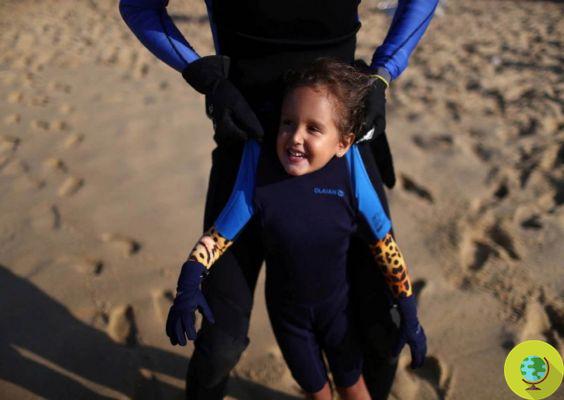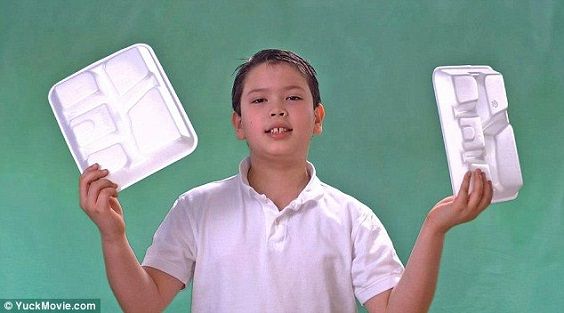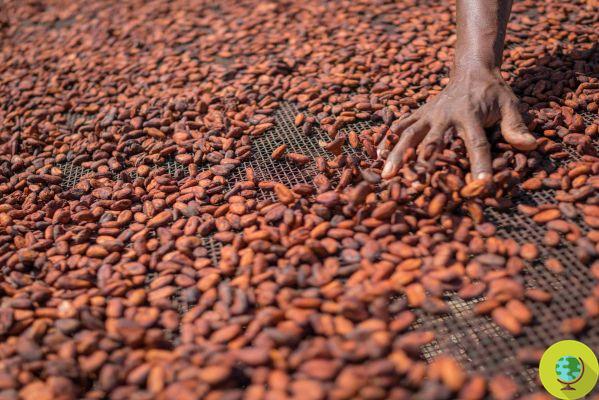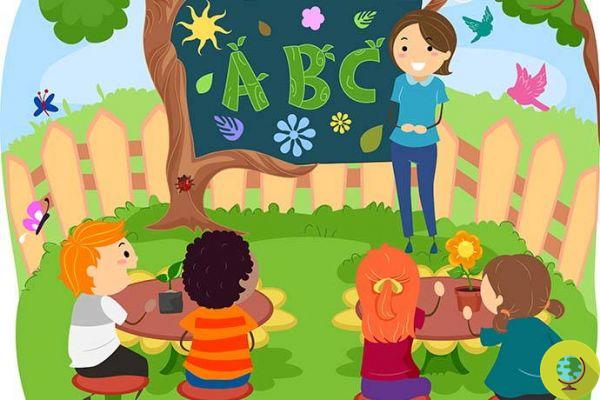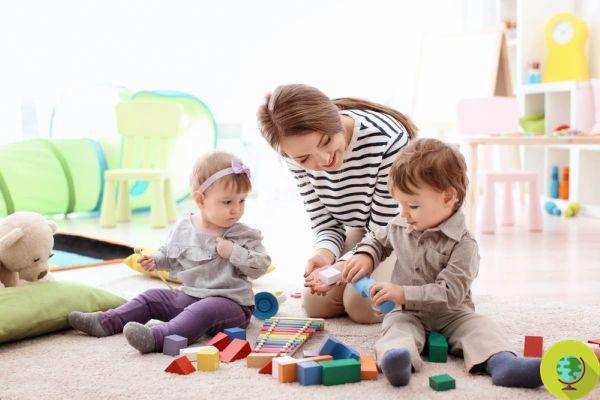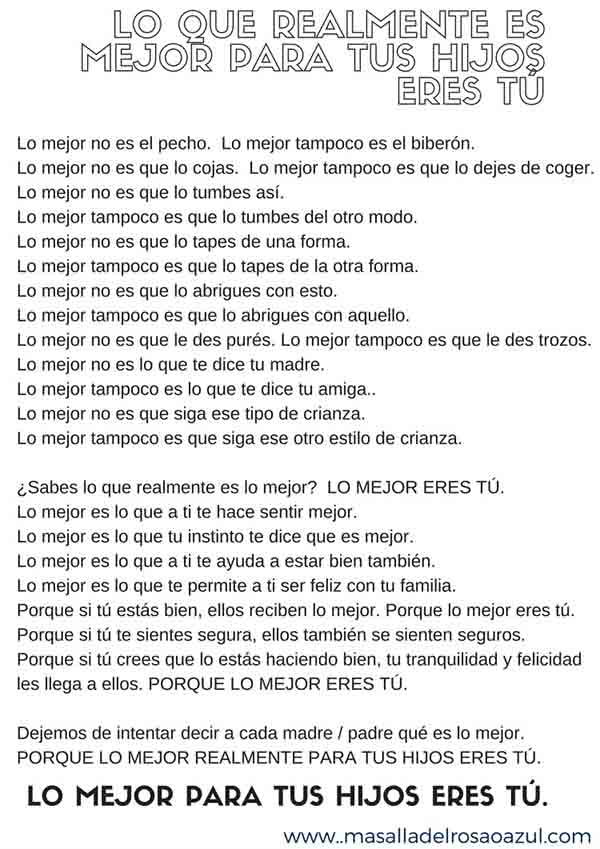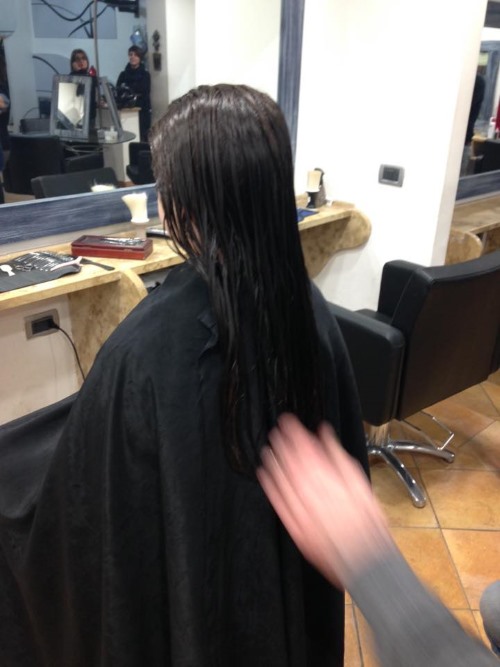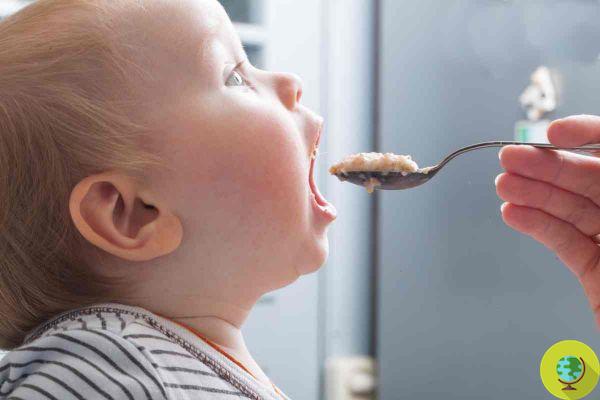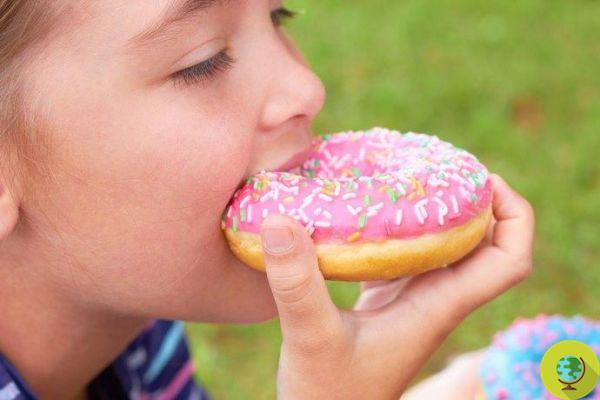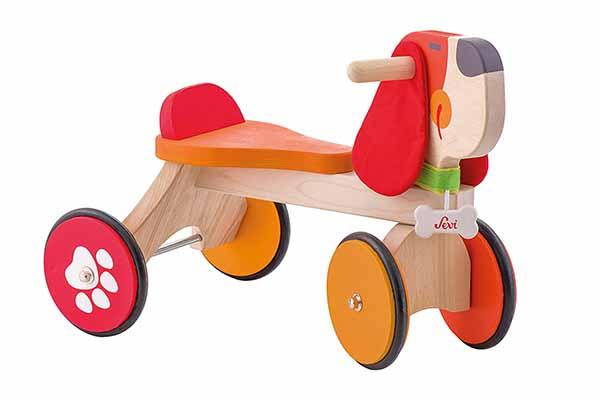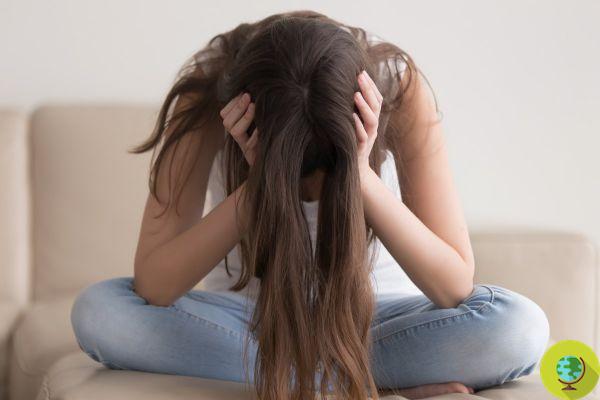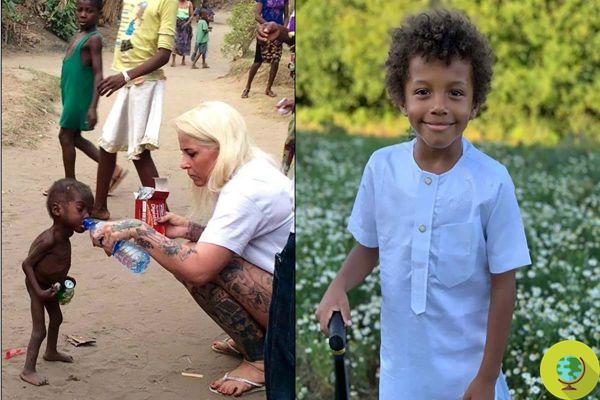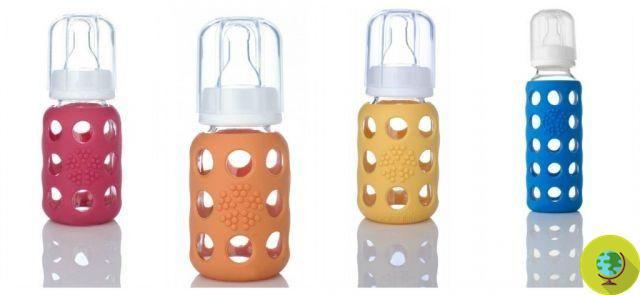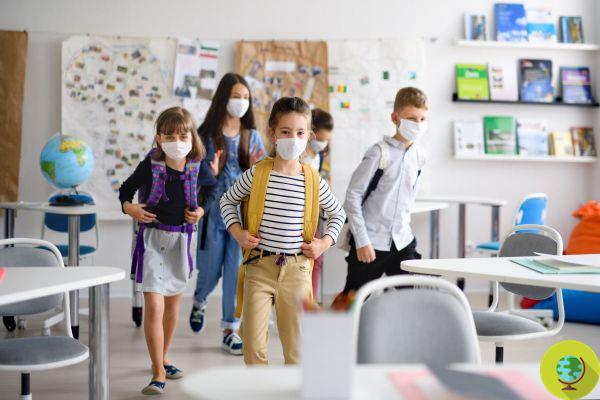Manuka honey is a unique product in the world as it is obtained thanks to the work of bees and Manuka plants, which grow exclusively in New Zealand. The key feature of this honey is that it is a powerful antibacterial. But is it also suitable for children?
Don't store avocado like this: it's dangerous
Il Manuka honey is a unique product in the world as it is obtained thanks to the work of bees and plants of Manuka, which grow exclusively in New Zealand. The key feature of this honey is to be a powerful antibacterial. Ma is it also suitable for children? And, given that there are different types, which one is better to choose?
From the Leptospermum scoparium plant commonly known as Manuka this honey is obtained which, thanks also to some researches that have confirmed its effectiveness, is increasingly appreciated and used all over the world. It is in fact a natural antibiotic that has no side effects and has shown itself also effective against some antibiotic-resistant bacteria of synthesis.
The secret of Manuka honey lies in a active ingredient known as Methyglyoxal which has antibacterial, disinfectant power and has also been shown to be able to inhibit cancer cells. On the packages of Manuka honey we find the percentage of Methyglyoxal always indicated with MGO+ and, depending on whether the number immediately after reported is lower or higher, the effectiveness of honey is more or less strong. There is thus for example a manuka honey with 100+, 250+, 500+ and even 900+ .
Read also: MANUKA HONEY: properties, USES AND WHERE TO FIND IT
The presence of methylglyoxal is expressed in mg per kg, which means that a honey with MGO +250 contains 250 mg of active ingredient for one kilogram of product. According to some experts, Manuka honey below + 100 should not be chosen if you want to have a good antibacterial activity guaranteed.
Il product price, always very high, it increases as the concentration of MGO increases and you can pay 250 grams of manuka honey even more than 100 euros!
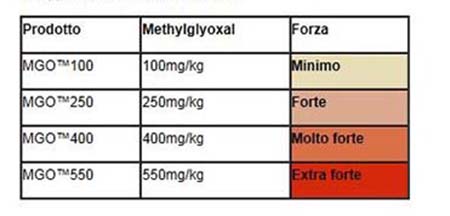 Photo: grillipediatria
Photo: grillipediatria
So let's recap the most important information on Manuka honey:
• Made exclusively in New Zealand
• There is a confirmed antibacterial efficacy
• Its secret lies in the great presence of Methyglyoxal (MGO)
• MGO can be present in different concentrations which make the effect of honey more or less powerful
• They exist from MGO 10+ up to MGO 900+
• The price, always very high, varies with increasing MGO concentration
It must be said that Methyglyoxal is also present in other types of honey but in the nectar of the Manuka flower it is present in a much higher way, which is why the honey obtained from this plant it has characteristics superior to those of the honeys we traditionally use in our latitudes.
Other properties and benefits of manuka honey are:
• Useful in case of gastritis and ulcer da Helicobacter pylori
• Cures pharyngitis, laryngitis and tonsillitis
• Limit the side effects of chemotherapy
• Enhances the effects of antibiotics
• Reduces cholesterol
• Improves wound healing (topical use)
• Helps in case of acne (topical use)
• Useful against dermatitis, eczema and other dermatological problems (topical use)
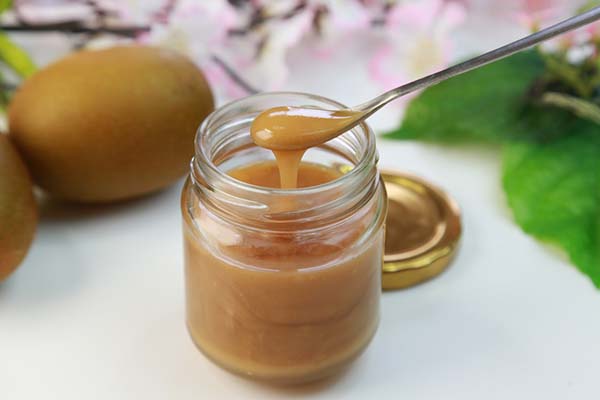
Index
MANUKA HONEY AND CHILDREN
Manuka honey is also often recommended to children, as long as they have it past two years of age. The often recommended dose is one or two teaspoons a day half an hour before meals. You can actually give up to 3 teaspoons of honey, the dose should be evaluated based on the age of the child and the reason for choosing this natural remedy.
It is very important that it is not used together with meals or drinks as a sweetener. It is in fact a curative product whose effectiveness is expressed more if taken alone.
It is a good remedy both in the preventive phase and in the treatment of the most common ailments to which children are subject: cough, cold, sore throat, etc. Given its disinfectant and antibiotic power, it seems that this honey can also help avoid bacterial and viral infections to which children in particular who attend nurseries, kindergartens and schools are subjected.
The sweet taste of honey makes it by the way also appreciated by the little ones this treatment, which should not be underestimated as it is often difficult to take natural remedies or pharmacological to children.
With regard to the concentration of MGO: in the preventive phase for children, a honey with MGO 100+ useful for stimulating the immune defensesbut if this remedy is chosen instead for curative purposes it is better to use products with higher concentrations of active ingredient.
Although manuka honey is safe for children, always ask your pediatrician for advice before using it.
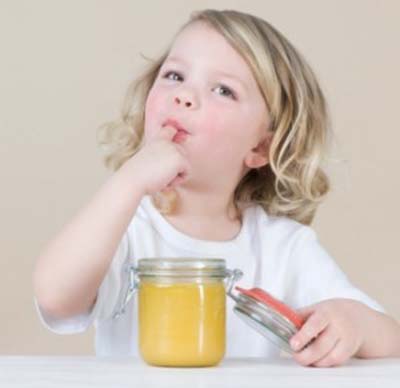
Photo: newkidscenter
If you want to give manuka honey to your children, remember that:
• The recommended dose ranges from 1 to 3 teaspoons per day based on age and why it is used
• Manuka honey should be taken on its own half an hour before meals
• It can be used both in the preventive and in the curative phase
• The most suitable concentration of MGO depends on the problem you want to treat
• Always ask your pediatrician for advice
CONTRAINDICATIONS
Manuka honey, as is the case with other types of honey, is not recommended only in case of diabetes or allergy to bee products.






